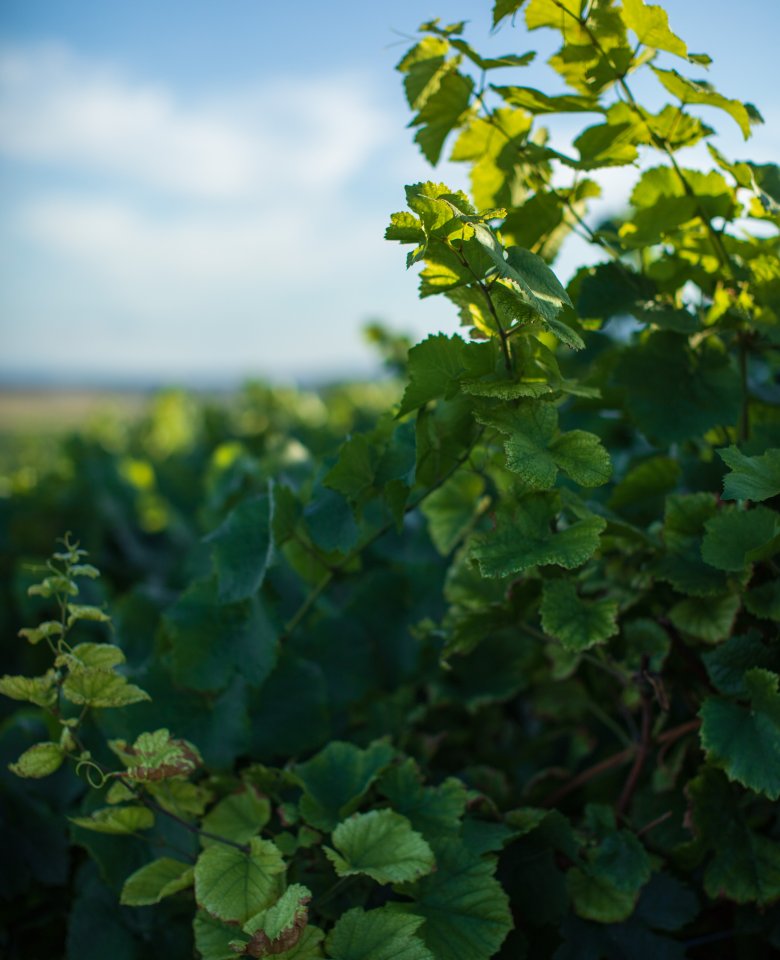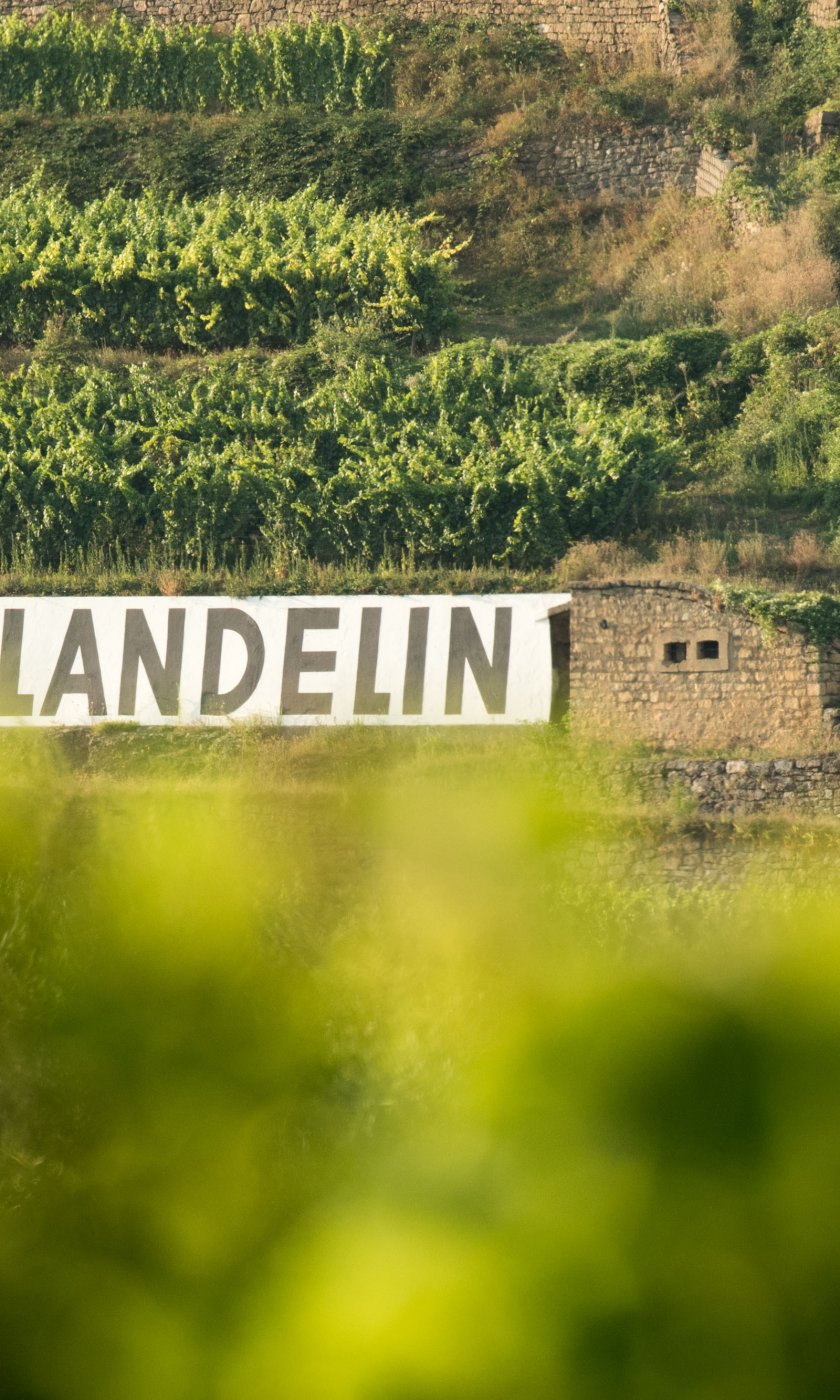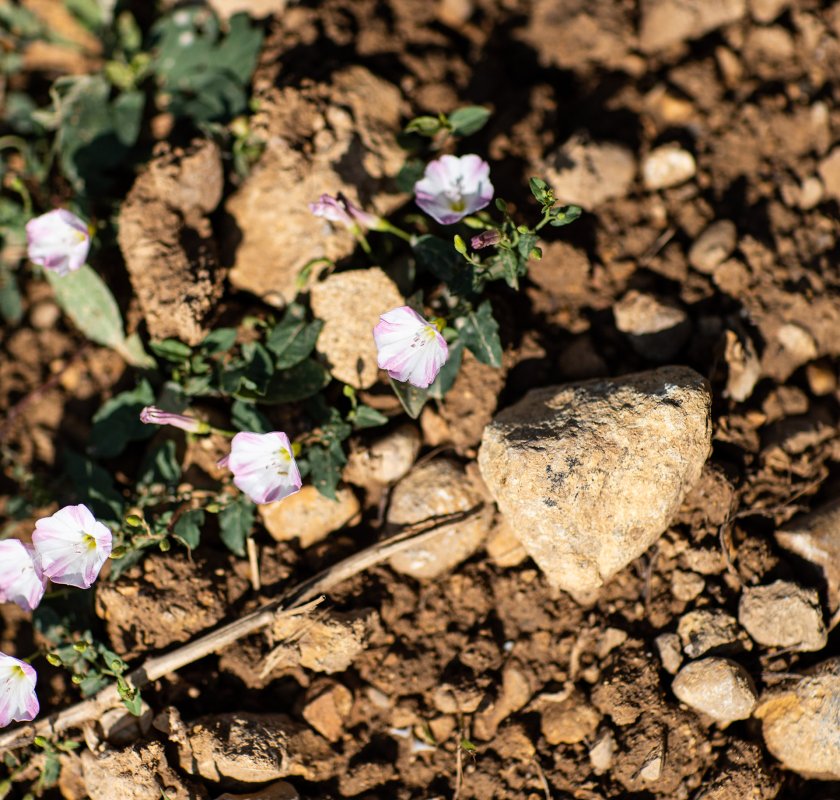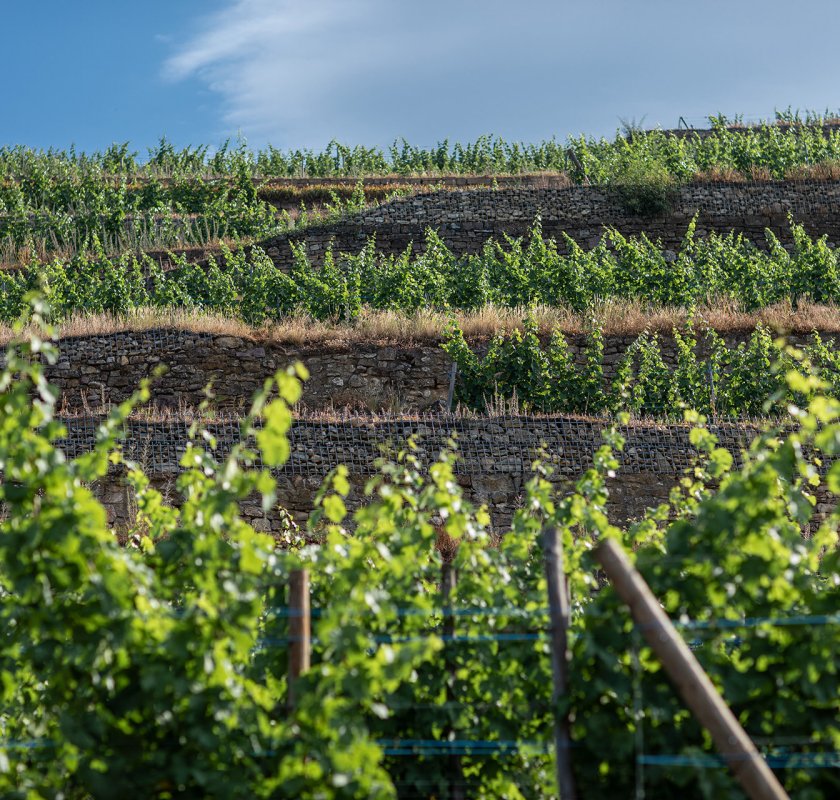History of the Clos Saint Landelin
In the 7th century, Dagobert II, who ruled in Austrasia, presented the Bishops of Strasbourg with the Rouffach region, known then as the Obermundat. This vast estate remained the property of the bishops until the French Revolution. Landelin, an Irish monk, came to evangelize Baden (Germany) during the 7th century. He was murdered around 640. According to legends, four springs emerged at the exact place of the crime. A series of miracles supposedly took place on the martyr’s tomb. These events lead several monks to settle nearby. A first monastery was erected around 725
Heddon (734-776), Bishop of Strasbourg, reorganized the monastery of Mönchzell “Cella monachorum” which had been founded in honour of Saint Landelin on the right bank of the Rhine. He created a second, bigger monastery a few miles from the original one. In memory of his benefactor, the monastery was named Ettenheimmünster (from the Latin “Ettonis monasterium” meaning Heddon’s monastery). The monastery was granted property in Rouffach, including vineyards. This estate was called the “praedium sancti Landelini”, the bien Saint Landelin or Saint Landelin property.
The book “Liber Vitae”, written between 1250 and 1372, which contains donations and bequests made to the Church of Notre-Dame de Rouffach, mentions vineyards located near plots of “Bien de Saint Landelin” and close to the Saint Landelin fountain.
According to the historical cadastral plans of Rouffach, the Saint Landelin fountain is located in the lieu-dit Hauhl, now known as Clos Saint Landelin. It still flows at the foot of the vineyard. In 1409, the Berler family from Rouffach was granted a emphyteutic lease on the “Bien Saint Landelin”, which remained an ecclesiastical property until the French Revolution.
After 1871, Alsace was integrated into the German Empire. Dr. Jur. Wolfang Weber, one of the pioneers of the renewal of Alsatian viticulture, bought the plots of land surrounding the Saint Landelin fountain one by one. He brought the vines and the dry stone walls back to full working order.













